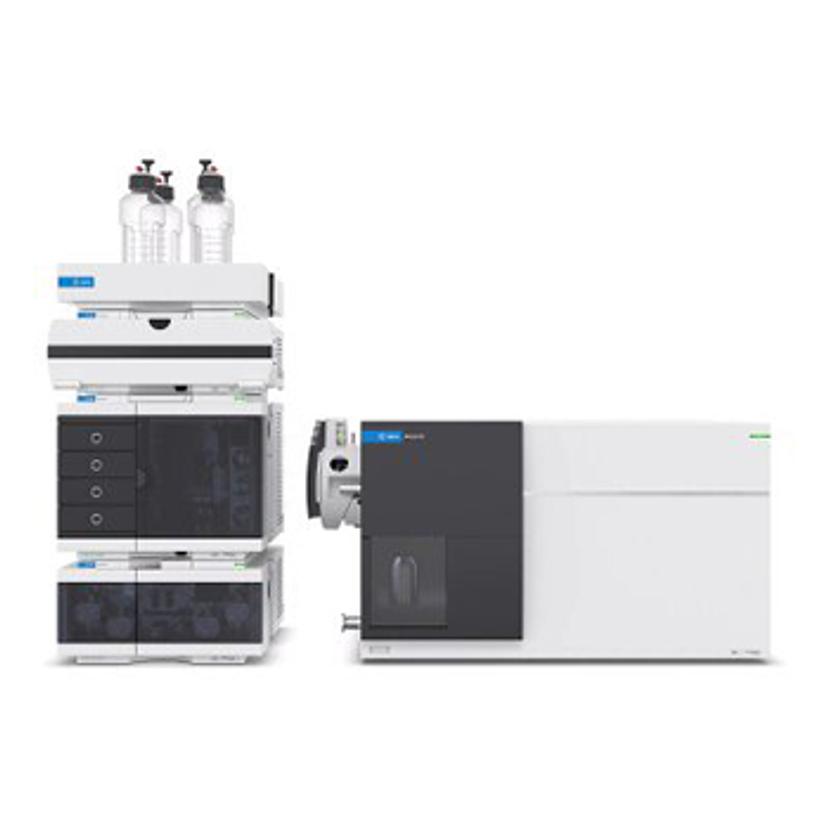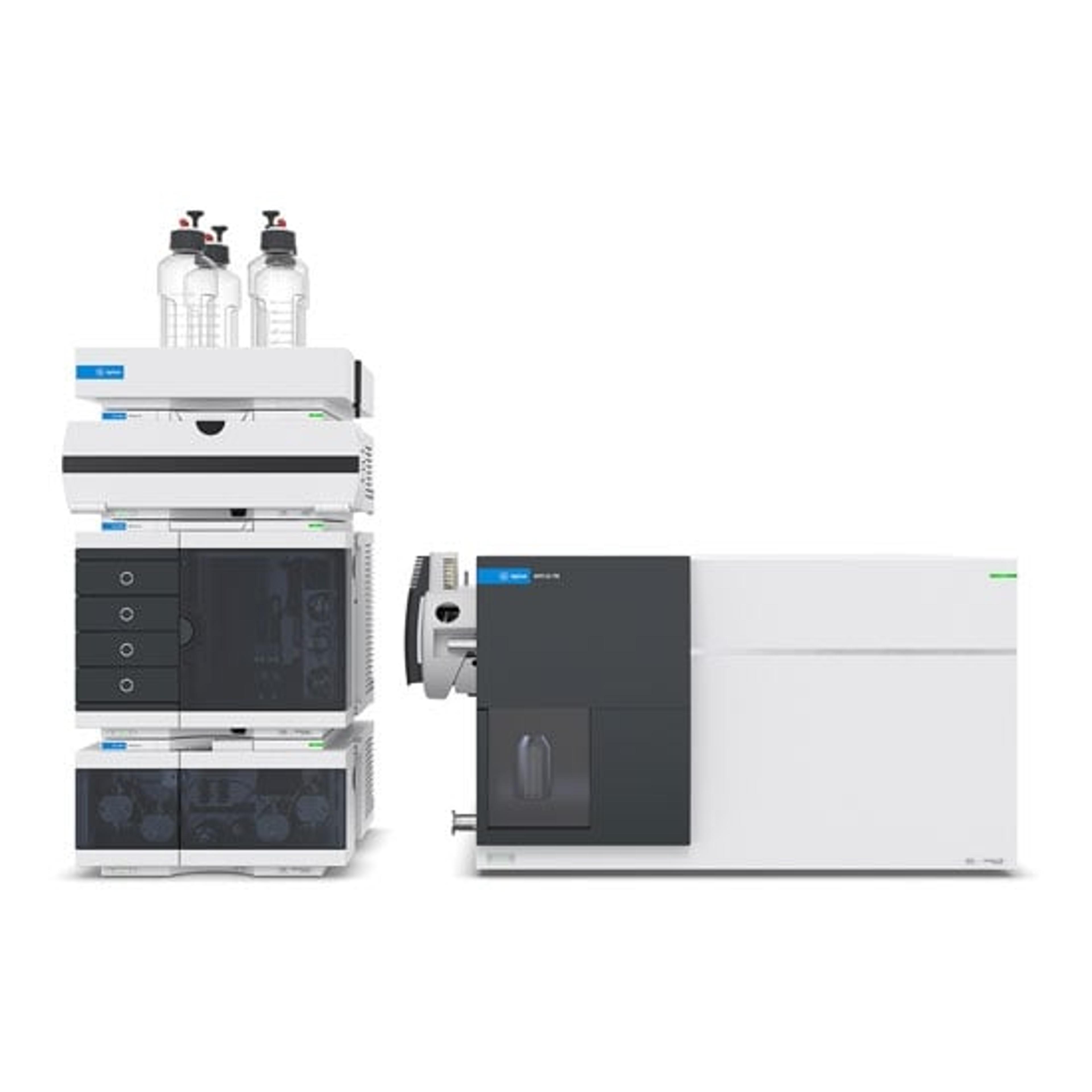How instrument intelligence and automation are revolutionizing mass spectrometry
Discover how the latest innovations in instrument intelligence and smart automation are streamlining mass spectrometry workflows
8 May 2023
Mass spectrometry is a powerful technique and has become a staple of many analytical labs. Whilst innovations in mass spectrometry have seen the technique expand into many industries, the associated workflows remain labor-intensive and driven by manual processes, often requiring highly trained technical staff to perform daily operations and regular troubleshooting.
In this article, Emma Rennie, Senior Research and Development Scientist for Software and Applications at Agilent Technologies, discusses how instrument intelligence capabilities and smart automation have the potential to revolutionize routine mass spectrometry workflows by significantly improving efficiency and productivity. Rennie explains how these advancements hold the possibility to streamline laboratory processes, reduce human error, and increase data accuracy and consistency.
The promise of instrument intelligence
To meet increasing pressures to improve sample throughput and productivity, analytical laboratories are now turning to advances in automation and instrument intelligence. “Laboratories have access to great scientists and instruments, the real challenge is productivity”, explains Rennie. “It's a case of enabling labs to boost their productivity to free up scientists’ time to enable them to focus on the science rather than routine maintenance or troubleshooting of instruments. We want to automate as much of the maintenance and troubleshooting processes as possible by providing smart diagnostics, and predictive maintenance.”
Software predictive tools not only help to reduce the time users take troubleshooting, but also help to prevent costly downtime, unexpected maintenance issues, and prolong the lifespan of the equipment. “At Agilent, we have Early Feedback Maintenance built into our software predictive tools. This has useful features such as letting the user know when they'll need to tune their instrument or change a column, which helps labs plan their schedule,” says Rennie. Other features Agilent have added to their instrumentation include ‘walkaway’ automation tools allowing the user to schedule their tunes. “With this tool, users can schedule their tunes to run when they are not in the laboratory so that the instrument will be ready to use the next day,” explains Rennie.
Automated reinjection of samples increases instrument uptime

To help reduce the burden of manual intervention on users, Agilent has introduced Intelligent Reflex workflows as part of its MassHunter 12 Software. “The carryover Intelligent Reflex workflow automatically detects carryover, which then triggers the workflow to re-inject a blank. The workflow is smart enough to inject as many times as the user wants, up to a certain limit. If you decide that you want to pause your sequence of injections, then it will also pause your pumps to ensure these don’t get damaged,” says Rennie. “Samples are valuable, and this workflow allows users to effectively deal with any carryover and prevent samples from being wasted.”
Automation of existing processes that enable more efficient sample processing and prevent samples from deteriorating during method development are other key benefits of Intelligent Reflex workflows. “With the above calibration range Intelligent Reflex workflow, the instrument will automatically detect if you have too concentrated a sample and will insert a re-injection with reduced volume to provide an estimated concentration at a lower volume,” explains Rennie.
Screening methods are commonly used in mass spectrometry workflows to identify presumptive positive samples which are then scheduled for reinjection and analyzed using a comprehensive confirmation method. Rennie explains how automating the reinjection and analysis of a presumptive positive is critical to increasing lab throughput, “With the fast screening Intelligent Reflex workflow if there are any presumptive positives, the instrument will automatically reinject either inserting or appending the reinjection with a different, longer, analysis method for target confirmation.”
Agilent will further expand the Intelligent Reflex functionality by including new workflows for the LC/Q-TOF instruments in the next software release.
Meeting the requirements of a mass spectrometry laboratory
Implementing automation and intelligent solutions into your workflow can be daunting, Rennie offers the following advice to laboratories looking to embrace these technologies, “When looking for solutions, laboratories should ensure these are compliant and able to meet the needs of their standard operating procedures. The solution should also be based on an architecture that can be scaled up to include all the laboratory’s instrumentation to allow remote access so users can schedule when they want their samples to be run whilst not being in the same room,” says Rennie. “The ultimate aim is to have a fully connected laboratory where your instruments can effectively communicate with one another. These instruments should have both instrument and workflow intelligence features allowing you to automate routine tasks and reduce the need for your operator to manually intervene. Anytime you can automate a task you reduce the potential for user error and save time”.
The future of instrument intelligence and automation in mass spectrometry
Streamlining laboratory processes to free up scientist’s time and resources to carry out important research is the value that automation and intelligent instruments can provide.
Emma Rennie
Agilent Technologies
Today’s rapidly changing environments have highlighted the need for mass spectrometry laboratories to operate with the highest efficiency with less reliance on experienced scientists. “We want to remove the need for experienced scientists to do maintenance. We want to be able to provide diagnostic tools so that users can plan maintenance around their schedule to maximize instrument uptime,” explains Rennie.
Looking to the future, Rennie hopes that by taking advantage of artificial intelligence and machine learning not only will vendors be able to provide complete end-to-end solutions but also promote collaboration. “We want to provide trusted, reliable, end-to-end solutions, but also facilitate our users to be able to take advantage of the wealth of workflows outside of Agilent’s infrastructure as well as let them integrate third-party spectra into our workflows. We want to help scientists innovate and not require them to commit to one vendor,” explains Rennie.
Rennie concludes, “We have so many great collaborators who are working at the leading edge of science. For example, we have several collaborators that analyze water for per- and polyfluoroalkyl substances (PFAS) which is vital due to their potential toxic effects and links to ecological damage and human health. Streamlining laboratory processes to free up scientists’ time and resources to carry out important research is the value that automation and intelligent instruments can provide.”

